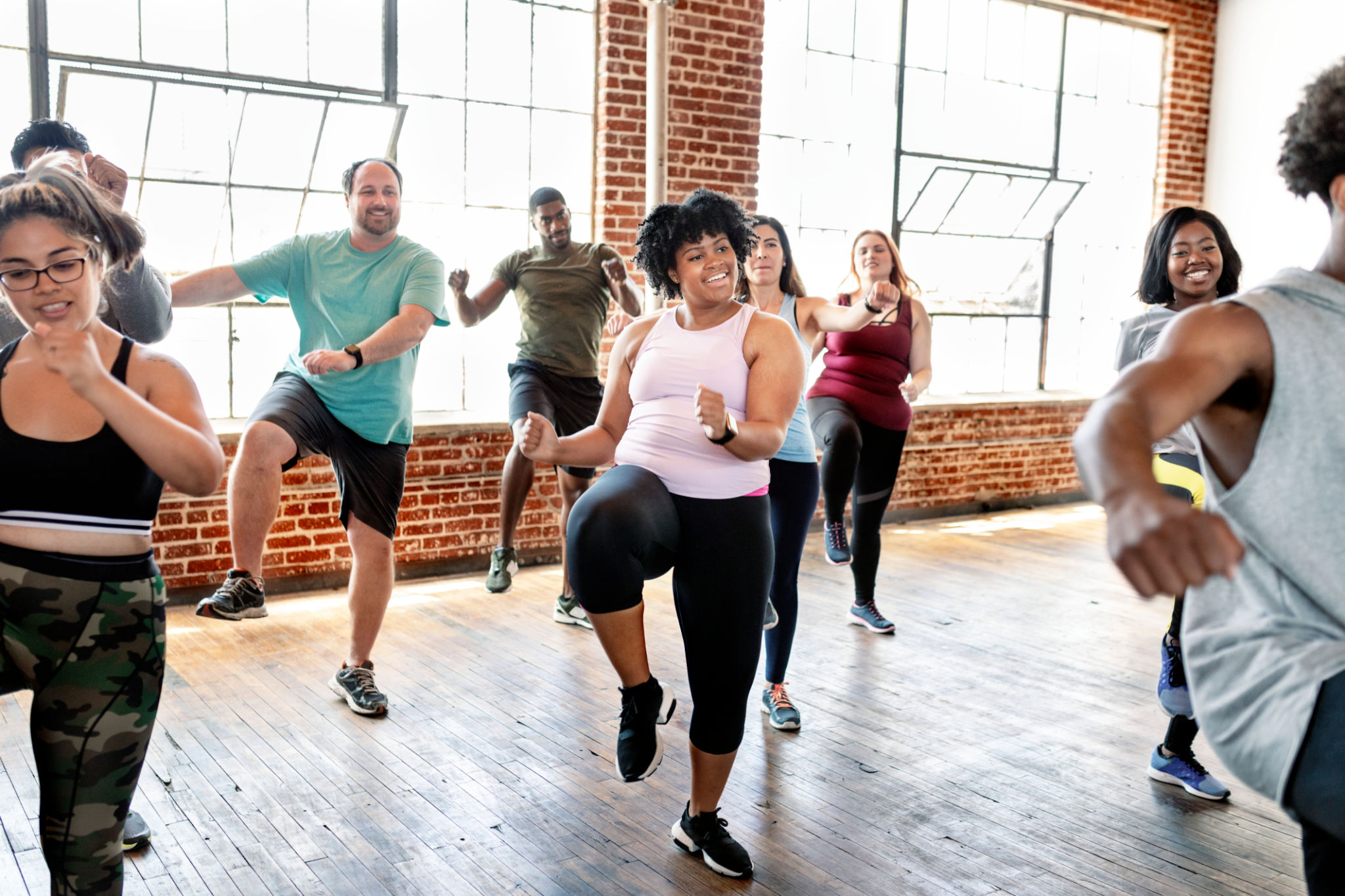Exploring the Latest Trends in Personal Fitness Training
Introduction to Modern Fitness Trends
In recent years, personal fitness training has undergone a significant transformation, adapting to the evolving needs and preferences of fitness enthusiasts. As technology advances and societal norms shift, new trends emerge, offering fresh perspectives on how we approach physical wellness. This blog post explores some of the most exciting trends in personal fitness training today.
Wearable Technology and Fitness Apps
One of the most significant developments in personal fitness training is the integration of wearable technology and fitness apps. Devices such as smartwatches and fitness trackers have become ubiquitous, providing real-time data on metrics like heart rate, calories burned, and steps taken. These tools empower individuals to monitor their progress and stay motivated.
Fitness apps have also revolutionized the way people train. From guided workouts to personalized meal plans, these apps offer a wealth of resources at the fingertips of users. The convenience and accessibility of these digital tools have made them an essential component of modern fitness routines.

Emphasis on Mental Well-being
Another trend gaining traction is the focus on mental well-being as part of overall fitness. More trainers and fitness programs are incorporating mindfulness practices, such as meditation and breathwork, into their sessions. This holistic approach recognizes the connection between mental and physical health, promoting a more balanced lifestyle.
Incorporating activities like yoga and Pilates can help reduce stress and improve mental clarity. By prioritizing mental well-being, individuals can achieve a more comprehensive sense of health and wellness.
Group Training and Community Building
The social aspect of fitness has become increasingly important, with group training sessions surging in popularity. Whether it's outdoor boot camps, spin classes, or CrossFit workouts, exercising in a group setting fosters a sense of community and accountability. This trend highlights the importance of social support in achieving fitness goals.
Group training not only makes workouts more enjoyable but also provides an opportunity to connect with like-minded individuals who share similar health objectives. This sense of camaraderie can be a powerful motivator for many people.

Functional Training
Functional training focuses on exercises that mimic everyday activities, improving overall strength and mobility. By emphasizing movements that enhance daily life, functional training helps individuals build practical strength and prevent injuries.
This type of training is particularly appealing to those looking to improve their performance in specific sports or activities. Functional exercises often include bodyweight movements, resistance bands, and stability balls.
Sustainability in Fitness
As people become more environmentally conscious, sustainability is becoming an integral part of fitness routines. Eco-friendly gyms, sustainable workout gear, and outdoor training are gaining popularity as individuals seek ways to reduce their carbon footprint.
Sustainability in fitness extends beyond equipment and facilities; it also involves adopting practices that promote long-term health without depleting natural resources. This trend reflects a broader commitment to preserving the planet while maintaining personal well-being.

Conclusion: Embracing Change in Fitness
The landscape of personal fitness training is constantly evolving, offering new opportunities for individuals to engage with their health in meaningful ways. By staying informed about the latest trends, you can enhance your fitness journey and achieve your wellness goals more effectively.
Whether you integrate technology into your workouts or prioritize mental well-being alongside physical training, embracing these trends can lead to a healthier, more fulfilling lifestyle. As the world of fitness continues to innovate, there's never been a better time to explore these exciting developments.
